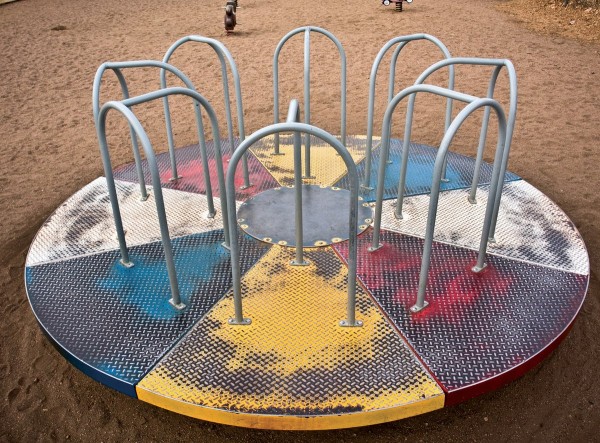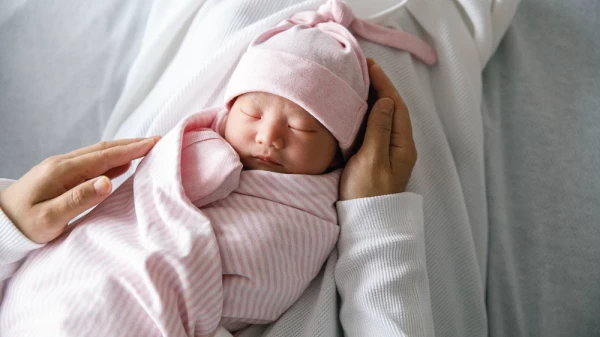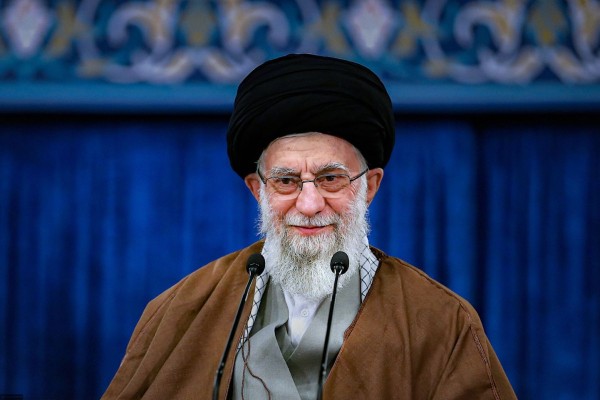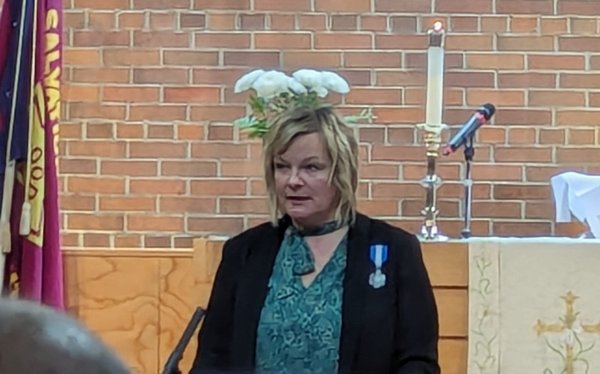On August 20th Estonia will mark the 20th anniversary of the re-gaining of its independence. One of the most crucial debates accompanying the country’s struggle to achieving freedom from Soviet occupation dealt with the fundamental and emotion-laden issue of who would be duly recognized as citizens of Estonia and who would have to apply for it by naturalization.
On one side stood the Congress of Estonia, which insisted that individuals, regardless of ethnic or racial heritage, who were citizens of the pre-war republic or descendants of those citizens would automatically receive citizenship. (The Congress of Estonia had been elected by Estonian citizens and was recognized as an “alternative parliament” to the Supreme Soviet of Estonia. The latter had in fact been elected through a relatively democratic process, but was still an institution established by occupation authorities.)
Lined up on the other side were proponents of the “null variant”, whereby all residents of Estonia would be granted citizednship, including retired Soviet military and state security personnel, industrial workers ushered into the country as labour for large factories and others who had no personal connection with the republic other than a place to reside.
One can legitimately ask as to what the state of the nation would be now had the latter option been adopted? If one were to take the opinion of Russian political scientist and member of the Duma Sergei Markov seriously, then the “null variant” option may have given a opening to those who wanted to restore the USSR, or at least join Russia in a confesderation:
“The collapse of the Soviet Union was the result of objective and subjective factors, the irresponsibility of individuals. The Soviet Union could have survived. Perhaps it would have resulted in the loss of some small territories like the Baltic states, but after a transitory period they would have come back. Especially if we had been able to provide Russians in Estonia and Latvia local citizenship. There would have been totally different political movements there and 90% of the local Russiaphobic parliamentarians discredited,” Markov said.
Even though Markov is a known chauvinist, his political stance is a fairly common trait of most Russian politicians. It’s known that Russia’s demand for the elimination of practically all qualifications for granting of citizenship in Estonia has been widely taken as a human rights expectation. But it’s clear that the Kremlin uses this approach as a blatant manipulation tactic with Russian residents of Estonia and elsewhere.
Estonia has been consistent in its citizenship policy, which is not unlike that of many western European countries. Estonia even goes a step further than Canada in terms of non-citizens’ rights: In Estonia citizens and non-citizens alike can vote in municipal elections; in Canada non-citizens cannot vote in any elections.
Estonia’s citizenship policy has helped Estonia return to its western-oriented cultural environment. In fact obsevers suggest that the current policy (citizenship through a naturalization process) has actually been a favourable factor in the social integration of groups of ethnically non-Estonians in a post-occupation and post-imperialistic sense. The few instances of agitators demanding autonomy for north-eastern Estonia is clearly the work of foreign clandestine services and has had marginal effect on the local population.
As we approach the 20th anniversary of the August 20, 1991 we can bear in mind that Estonia not only won its freedom once again but also its right to set its own course as a nation-state.

The re-establishment of Estonia’s independence in 1991and the possible legacy of a “citizenship-for-all” policy
Arvamus
TRENDING
























